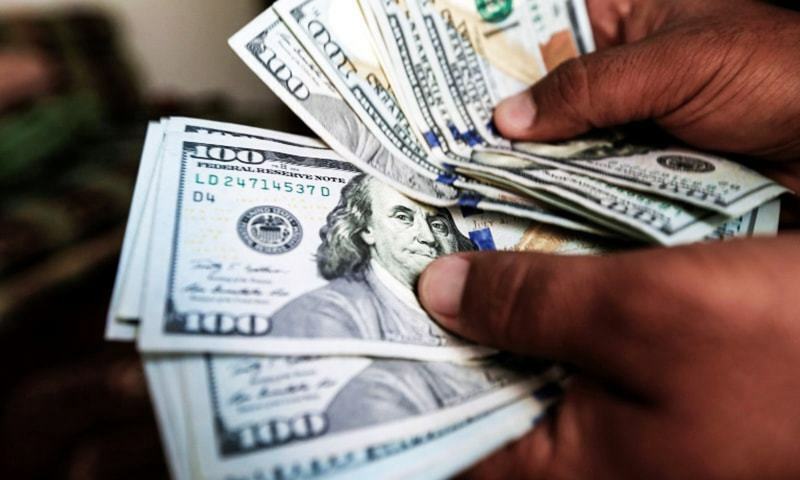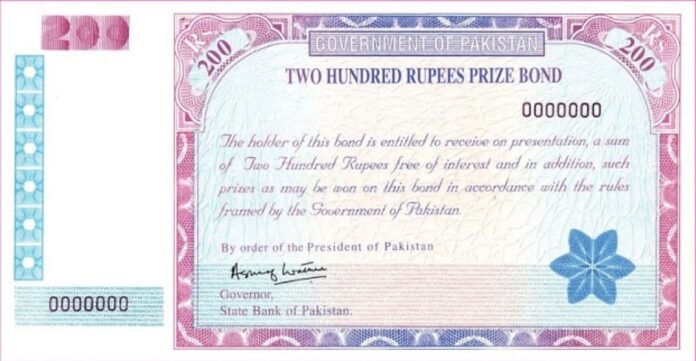Business
What Are Interbank Rates? A Deep Dive from Pakistan’s Financial Lens
Published
6 months agoon
By
Sana Qureshi
Pakistan’s economy, like many others in the developing world, heavily depends on smooth financial operations and efficient monetary mechanisms. Among the many moving parts of the financial system, one often-overlooked yet critical component is the interbank rate. Whether you’re an importer, investor, policymaker, or simply someone interested in how currency values shift daily, understanding what interbank rates are can help decode many economic decisions taken behind closed banking doors.
This blog breaks down interbank rates from a Pakistani point of view, exploring their definition, functioning, impact, and relevance in today’s economic climate.
Understanding the Basics: What Are Interbank Rates?
At its core, interbank rates refer to the interest rates at which banks lend money to one another, typically on a short-term basis, sometimes even overnight. These transactions are not meant for the general public but occur between commercial banks or financial institutions to manage liquidity and maintain regulatory reserve requirements.
There’s also a second dimension of interbank rates that involves currency exchange. When banks exchange large volumes of foreign currency among themselves, the rate used in those high-volume transactions is referred to as the interbank exchange rate. This rate is much closer to the “real” exchange value of a currency and differs from the retail rates offered to individuals or businesses.
Why Do Interbank Rates Matter in Pakistan?
In Pakistan’s banking ecosystem, liquidity among banks can vary due to cash flow, investment cycles, seasonal demand, or policy changes. When a bank runs short of cash reserves, it often borrows from another bank. The interbank lending rate defines the cost of borrowing in this scenario.
Similarly, in the currency exchange landscape, large commercial transactions—such as payments for oil imports or loan repayments—require accurate, high-volume currency conversions. These are executed using interbank exchange rates, which serve as the foundation for setting commercial and retail exchange prices across the country.
What Interbank Rates Are in Currency Exchange?
One of the most discussed economic indicators in Pakistan is the exchange rate of the Pakistani Rupee (PKR) against the US Dollar (USD). But the rate you see at a money changer or bank branch is not the interbank rate—it’s the retail rate that includes a mark-up.
Interbank exchange rates are used primarily in large-volume currency transactions between banks. These rates are typically lower than the rates available to individuals due to the absence of profit margins, handling fees, or spread adjustments.
In the Pakistani context, these rates are updated every business day and published by the State Bank of Pakistan (SBP), which also monitors foreign exchange markets. These interbank rates influence all subsequent financial decisions made by corporations, exporters, importers, and even the government.
What Are Interbank Rates and How Are They Determined in Pakistan?
Now that we understand what interbank rates are, the next question is—how are they determined?
In Pakistan, interbank rates are influenced by several key factors:
- State Bank of Pakistan (SBP) Monetary Policy
- The SBP sets the benchmark policy rate, which indirectly affects the interbank lending rate. If SBP raises its interest rate (as it does to combat inflation), the cost of borrowing between banks also rises.
- Market Liquidity
If there is a cash shortage in the banking system, demand for funds increases, pushing interbank rates higher. If there’s surplus liquidity, the rates drop. - Currency Supply & Demand
For foreign exchange interbank rates, supply and demand of foreign currencies—especially USD—determine the PKR’s strength or weakness. - Global Interest Rate Trends
Since Pakistan is integrated into the global financial system, interest rate hikes in the US or Europe can influence investor behaviour, affecting local currency flows and the interbank market.
Interbank vs Open Market Rates – What’s the Difference?
People often confuse interbank exchange rates with open market rates. While they are related, they serve different purposes.
- Interbank rates are used between banks and in official transactions. These are tighter, closer to the real market value, and subject to regulatory oversight.
- Open market rates, on the other hand, are what the general public sees at currency exchange dealers. These include commission margins and fluctuate more due to demand-supply changes in retail markets.
To better understand this distinction, we recommend reading a detailed article on what the open market is. It explains how open market operations function and why these two rate types, though linked, have different effects on consumers and businesses.
Real-World Examples of Interbank Rate Fluctuations in Pakistan
Let’s walk through how interbank rates have changed during critical periods in Pakistan’s financial history.
1. The COVID-19 Pandemic (2020-2021)
The State Bank lowered its interest rate dramatically to support the economy during lockdowns. Consequently, interbank lending rates fell, making it cheaper for banks to borrow. However, the interbank exchange rate of the PKR against the USD became volatile due to declining exports and remittances.
2. Political Instability and IMF Programs (2022-2023)
During periods of uncertainty, banks became more cautious in lending to each other. The PKR saw significant devaluation in the interbank market due to rising import bills and delays in IMF funding. Interbank rates became a daily headline in financial news.
3. Tightening Cycle in 2024-2025
To curb high inflation, the SBP raised its policy rate above 20%, which pushed interbank lending rates higher. This increased the cost of doing business and borrowing, affecting credit availability and investment growth.
How Interbank Rates Affect You as a Pakistani Consumer
Even though interbank rates operate largely behind the scenes, they affect ordinary Pakistanis in multiple ways:
- Bank Loans and Credit Cards
Higher interbank lending rates mean your bank is borrowing at a higher cost. This usually gets passed on to you in the form of higher interest on personal or business loans. - Foreign Currency Transfers and Remittances
When sending money abroad or receiving international payments, the interbank rate determines how much PKR you’ll get. Banks usually deduct a spread from the interbank rate for these services. - Import Prices and Inflation
A weaker PKR in the interbank market means imported goods become more expensive. This impacts the prices of fuel, electronics, and food items, driving inflation. - Investment Instruments
Treasury bills, bonds, and other fixed-income products are priced based on interest rates, which in turn are affected by interbank lending rates.
Challenges in Pakistan’s Interbank Market
Like many developing nations, Pakistan’s interbank market faces certain structural and operational challenges:
- Lack of Transparency
While the SBP does publish daily interbank rates, the mechanism of determining these rates is still not fully automated or transparent. - Limited Participation
The interbank market is dominated by a few large banks, making it vulnerable to manipulation or inefficiency. - Speculation and Arbitrage
Gaps between interbank and open market rates create opportunities for speculation, which can destabilize currency markets. - Political Influence
At times, governments have been accused of artificially managing the interbank rate to create a false sense of economic stability, only for the rate to correct sharply later.
The Role of SBP and Financial Regulation
The State Bank of Pakistan plays a central role in ensuring that the interbank market operates efficiently. Its responsibilities include:
- Setting the monetary policy rate, which serves as a base for interbank lending.
- Monitoring foreign currency reserves, which influence interbank exchange availability.
- Enforcing regulatory reserve ratios to ensure liquidity among banks.
- Intervening during volatility to stabilize the PKR in the interbank market.
What the Future Holds for Interbank Rates in Pakistan
With digital banking on the rise and Pakistan’s increasing integration into global trade, the importance of interbank markets will only grow. Several trends may shape the future:
- Digitization of Banking: As more interbank transactions become automated, rate setting could become more transparent and real-time.
- Shift to Market-Based Exchange Rates: The SBP is gradually moving toward a more market-determined exchange rate system, which would align the interbank rate more closely with true market demand.
- Stronger FX Reserves: With growing exports and remittance channels like Roshan Digital Accounts, the SBP could have more firepower to stabilize the interbank market.
Conclusion
So, what interbank rates are and why should you care? In short, they are the heartbeat of a country’s financial system, especially in a country like Pakistan, where currency stability, loan costs, and investment flows are constantly under pressure.
From determining how much your imported car costs to influencing whether your next loan is affordable, interbank rates have an outsized impact on daily life. While they may seem like abstract numbers on a financial bulletin, their real-world effects are as tangible as a rising grocery bill or an expensive plane ticket.
Understanding interbank rates isn’t just for economists or bankers—it’s essential knowledge for every informed Pakistani.





